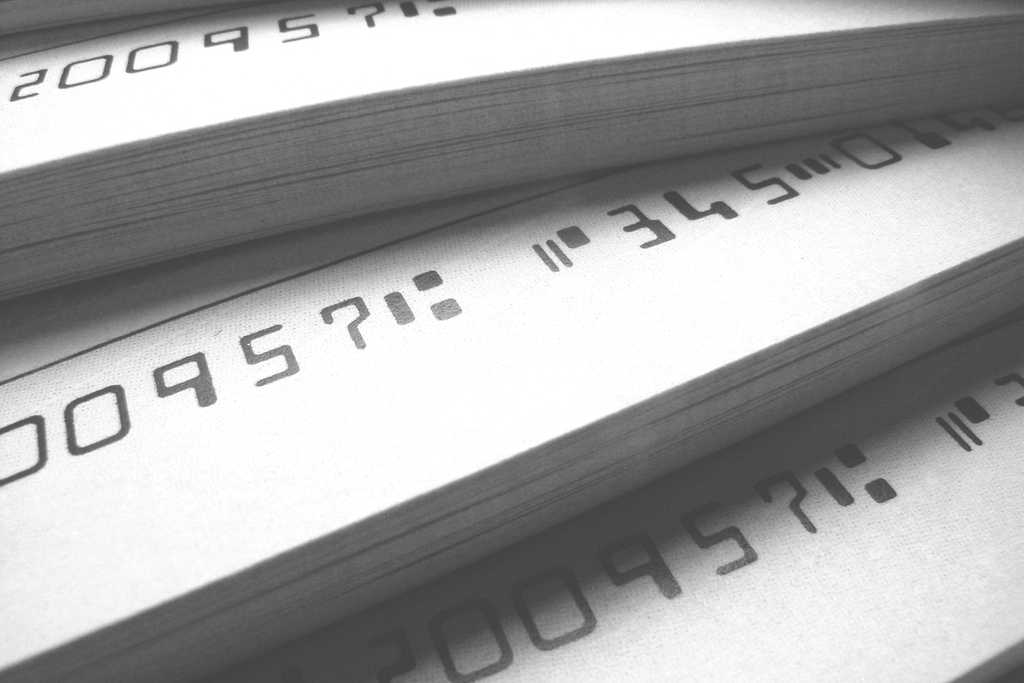When you have a bank account, you’ll learn quickly that your account balance is not the only number you’ll need to know. All bank accounts have an account and routing number which you might need for various purchases.
These numbers can help you set up automatic payments, contribute to a retirement fund, or even to set up direct deposit through your employer. Knowing how to access your account number and routing number is important along with knowing what these numbers mean.
This will help you determine when to share the numbers securely and how to store them safely.
What is a routing number?
A routing number is sometimes called an ABA (American Bankers Association) number or RTN (routing transit number). It’s a 9-digit number that’s used to identify specific banking institutions in the U.S. that have an account with the Federal Reserve.
In 1910, The American Bankers Association created routing numbers to identify legitimate financial institutions to either take payments or receive payments. Some banks have one routing number, while larger institutions may have more than one.
The 9 digits that make up each routing number all have meaning.
- The first two digits represent the Federal Reserve district where your bank is based. For federal banks, the first two digits usually range from 01 to 12. For credit unions, the numbers are different and range from 21-32.
- The third and fourth digits represent the different Federal Reserve banks and branch offices that work with the institution that the funds are being withdrawn from. There are 12 Federal Reserve districts, and each one has local offices. The third and fourth numbers identify this.
- Digits five through eight make up the ABA’s institution identifier codes for qualifying banks and credit unions.
- Finally, the ninth digit of your routing number is a ‘check number’ which is calculated using an algorithm based on the other eight numbers.
What is an account number?
While a routing number identifies the financial institution and Federal Reserve district it works through, an account number represents each individual bank account at that particular institution. Think of an account number as an ID number for your bank account. It’s unique to you and can be used to locate your account quickly to ensure that money is deposited and withdrawn from the correct account.
Banking account numbers are usually between 8 to 12 digits. It’s important to protect your bank account number just like you would your social security number or pin. If you have different accounts at the same bank, such as a checking and savings account, your account numbers will be different, but your routing number may be the same.
Importance of routing and account numbers
Routing and account numbers are important because they can help you accept payments and send payments securely to other institutions. While the most common way to make a payment from your bank account is with your debit card, automatic or ACH transfers are just as popular, especially when you’re looking to pay a bill or accept direct deposits.
ACH stands for Automated Clearing House which is an electronic payment transfer system verified through the National Automated Clearing House Association. ACH is commonly used for direct deposits, routine debit payments and more.
Also, if you pay a bill or similar expense with your debit card number only, you may notice that there’s an extra charge for the processing fee. ACH payments verified through your account and routing number are almost always free of charge so you can keep more of your money.
How to find your routing and account numbers on a check
Finding your routing and account numbers on a check is easy. In fact, your employer may ask that you send in a voided check to set up direct deposit payments. Checks are issued directly from your bank or credit union and include a series of numbers at the bottom.
The first set of numbers located at the very bottom of your check is the ABA or routing number. Check to verify that this number is 9 digits. The middle number is your account number and the last set of numbers (to the right-hand side of the check) represents the check number.
How to Manage Routing Numbers vs. Account Numbers
Your account and routing numbers almost always go hand-in-hand. It’s rare that you’ll be asked for one and not the other. That said, these are very important banking numbers that you want to protect. If these numbers get into the wrong hands, it will be easy for criminals to commit fraud in your name, set up recurring payments, and even drain your bank account funds.
Memorizing your account and routing number is a great mental exercise, but it’s not required, especially if you have several accounts. Try to avoid writing these numbers down unless you can store them in a safe, protected place. Instead, you can get these numbers from your monthly bank statement or when you log into your bank account online.
Going online is a safer way to access your account and routing numbers because most banks have two-factor authentication, which makes it difficult for scammers to log in and access your private information. Some banks may even ask for your password twice in one session in order to show you your account number.
When to provide a routing number and account number
It’s safe to give out your account and routing numbers to certain people in certain situations. Only provide these numbers in writing using an authorized form from an authorized institution (such as your bank or your employer’s direct deposit form) or online through a secure and legitimate website (like a payment system for your utility bills or to set up recurring payments to your child’s school).
In many cases such as shopping online, you may not need to enter your account or routing number and can just submit your debit card information.
The Electronic Fund Transfer Act is a consumer policy that allows you up to 60 days to dispute a fraudulent ACH withdrawal and recover your money. Be sure to check your bank statement regularly to monitor transactions and don’t rush to give someone your routing number or account number until you can verify that it’s for a legitimate purpose and will be handled privately.

